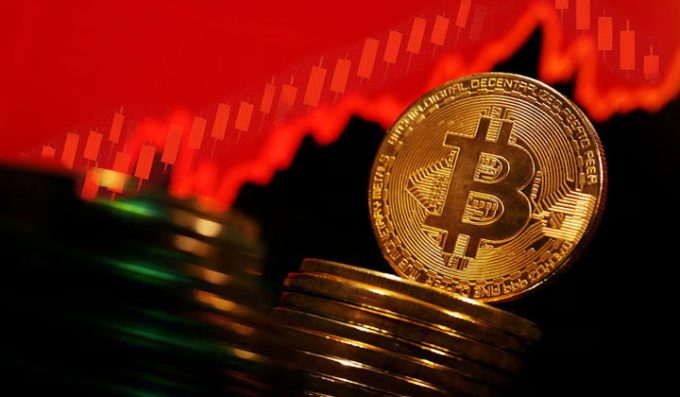The Wagner-USDT Effect
By Kapil Rajyaguru
On Friday evening of 16th of June, trading volume in Tether’s USDT – the largest stablecoin among digital currency, rose through the roof after the news of Russia’s infamous Wagner mercenary group staged what looked like the beginnings of a military coup.
Initially, the Wagner forces took control of Southern military command headquarters in Rostov and then began moving towards Moscow by Saturday afternoon. It looked like Wagner were on track to reach Moscow by Sunday morning but all of a sudden Wagner’s leader Yevgeny Prigozhin turned around saying that a deal had been done to avoid further Bloodshed…
This failed coup by Wagner Group has inadvertently fanned the flames of interest in trading the Ruble against the cryptocurrency, USDT.
According to insights given by Kaiko, a renowned data analytics firm, the trading volume involving USDT and the Russian Ruble has skyrocketed, achieving an unprecedented peak since December 2022.
The total volume of trades between rubles, Russia’s currency, and Tether’s USDT, a stablecoin pegged to the U.S. dollar, almost quadrupled from $4 million on Saturday June 24 to $15 million on Sunday June 25, according to digital assets data provider CCData.
This is not the first time that Russians have displayed rising enthusiasm toward the cryptocurrency sector due to some severe issues.
It is worth mentioning that the trading volume peaked at over $30 million per day when Russia launched its “special military operation” against Ukraine at the beginning of 2022.
Tether is currently the third-largest cryptocurrency by market capitalization with a valuation of $83.6 billion, commanding 7.5% of the total cryptocurrency market capitalization.
USDT dominates the stablecoin market with a 64% share out of a total stablecoin market capitalization of $130.2 billion. The supply of the second largest stablecoin USDC is nearly three times smaller than USDT.
It has been observed in the past that geopolitical concerns have always drove investors to safe-haven…that’s dollar. More recently, the increased adoption of virtual digital currencies has resulted in stablecoins replacing U.S. dollar as currency of last resort.
Economic crisis in Argentina and Venezuela drove investors towards stablecoins.
In case of Russia, which is facing international sanction, the locals here, have sought refuge in dollar backed USDT.
You need to login in order to Like













